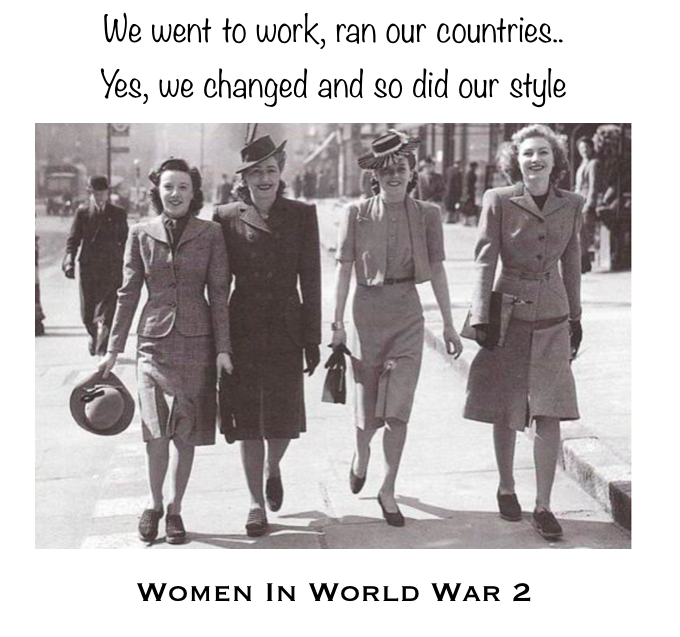
Women’s Fashion in the 1940s
From Frilly Silk Skirts to Straight Classic Cuts
In the 1940s women’s fashion changed into something we can relate to today
The WW2 really tested everyone directly or indirectly. It influences us even today.
Clothes till the 1930s were made of silk with fancy zips and buttons. They had chains and multiple other fashions.
These clothes were often expensive and made to look affluent.
If people decided to wear such expensive clothes, what would be left for the troops living in the trenches?
In the 1940s, Germany, Japan, America and the Allied Forces had to utilise each and every resource optimally. This included the clothes worn by their citizens.
In this decade, the war was eating up most of the resources and the troops needed them.
This was a major turning point in the way that we dress today especially women.
The British and American governments passed strict regulation on the cloth material used to stitch a dress. The tailors and shops had to be frugal.
The cloths had to be purchased on ration. In 1941, each adult was provided with 66 rations in Britain. By the end of the war in 1945, they were given only 36.
The tailors and dressmakers were in a fix.
Long ankle length helms, frilly skirts, zips used for ornamentation, well decorated buttons and expensive fabrics like silk were all out of reach now.
The first major change came when the newly invented fabric Nylon was introduced into the market. Dupont, the famous invention company, found and manufactured this product. Soon Nylon replaced silk stockings. It also was the chief material in making parachutes and tents for the soldiers.
Dupont also produced Rayon. This material was used on a large scale to make dresses. It wouldn’t shrink or crease and could be produced light or heavy weighted as per need.
The restricted cloth size and rationed cloth reduced the long helms of skirts and frocks for ladies. This was when the knee length skirt came into fashion. It was a result of the war.
The pants or trousers were also the latest ‘in’ thing. They were more practical for movements especially since women now worked in factories.
Every woman was taught to stitch their own clothes with the most minimalistic usage of cloth. You simply couldn’t waste anything.
There was also another important problem. Most surgical strikes were carried out in the middle of the night. By this time, almost all women would be in bed. When the alarm rang they had to seek shelter in the middle of a cold night in their nightgowns.
Special jumpsuits were designed that could be put on in a minute even in the middle of the night. These were designed for surgical strikes. These jumpsuits could provide women some respite from the cold.
In the winter months, woollen sweater were out of question too. They were needed by the troops as blankets. The jackets back home were thus made from velveteen and corduroy. Some people used old blankets to stitch new jackets or recycled them.
This new look meant that the frilly uncomfortable women’s dresses underwent a drastic change. They were made narrower and had a straight cut.
The frivolous add ons were gone and style became classic much like it is today.
The glitz and glamour was reserved for the movies. Even in the movies, the actresses were wearing simply designed clothes.
Women’s hair length also underwent a change. The new hairdo of wearing your hair down began to take shape. Women tried to save money and grew their hair long. After work hours, they’d then generally were their hair down.
From top to the bottom, even women’s shoes changed. The heels worn were reduced in height. They provided safety for factory workers and comfort for all those who wore them the whole day. Wedged heels were also introduced during this time.
After the war, this new look of fashion was hard to shake away.
In the past decade, clothes had come from being dysfunctional and uncomfortable to being practical and comfortable.
That is the entire reason why we don’t dress in frills anymore. We are just following a WW2 legacy.
—–
This article is from the May Issue. To read the whole issue, please subscribe here and get your free online copy.

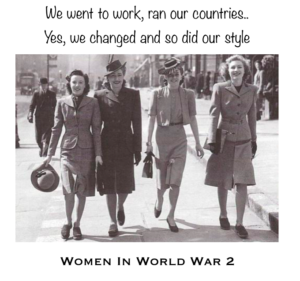




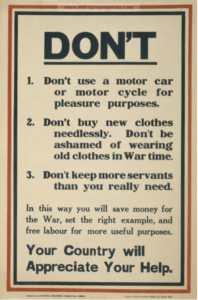
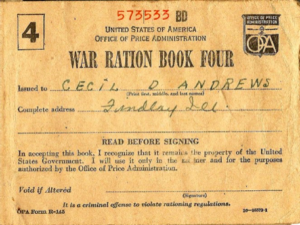
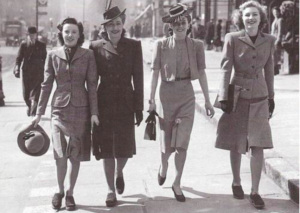
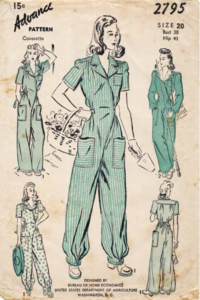
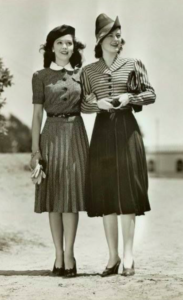
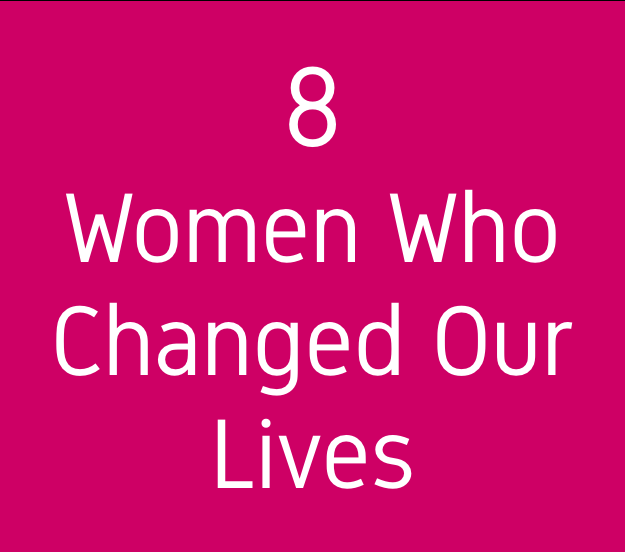

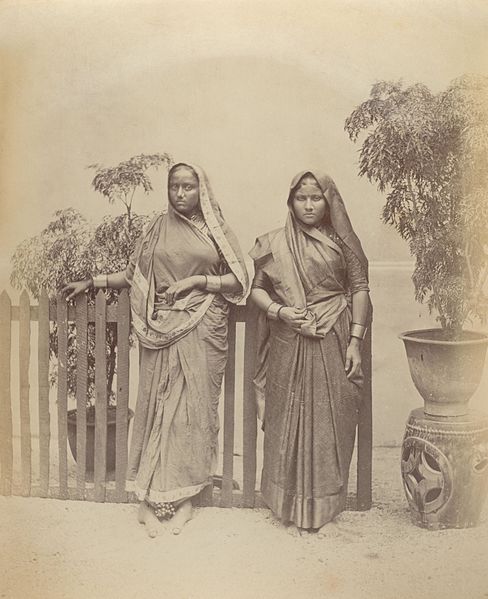
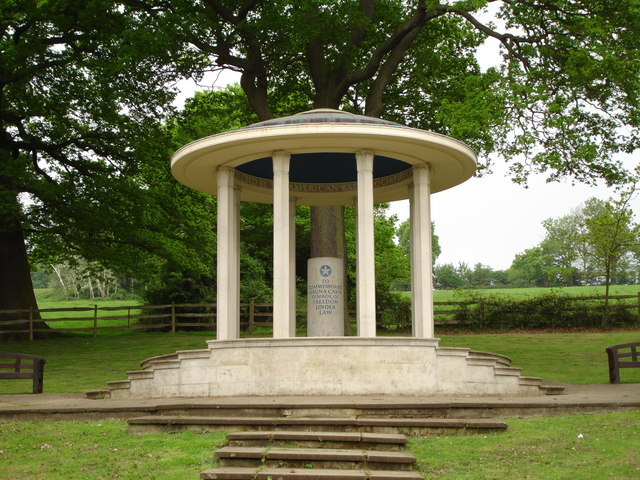
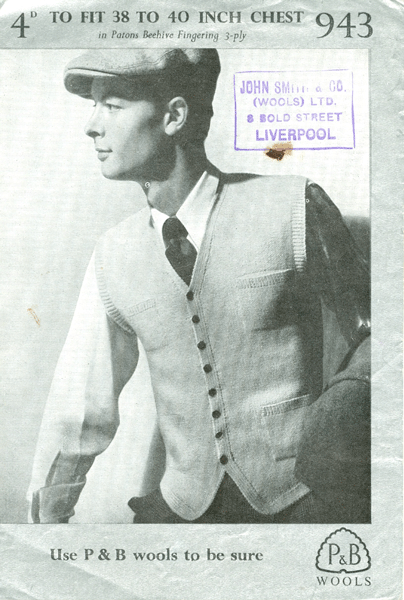
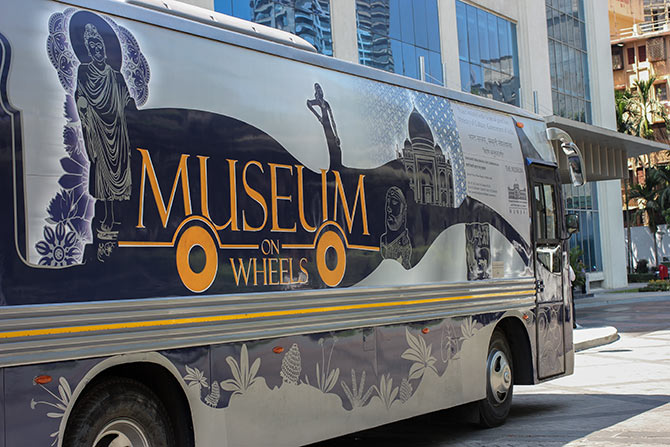
Comments
ohh nice article
Thank You So Much!